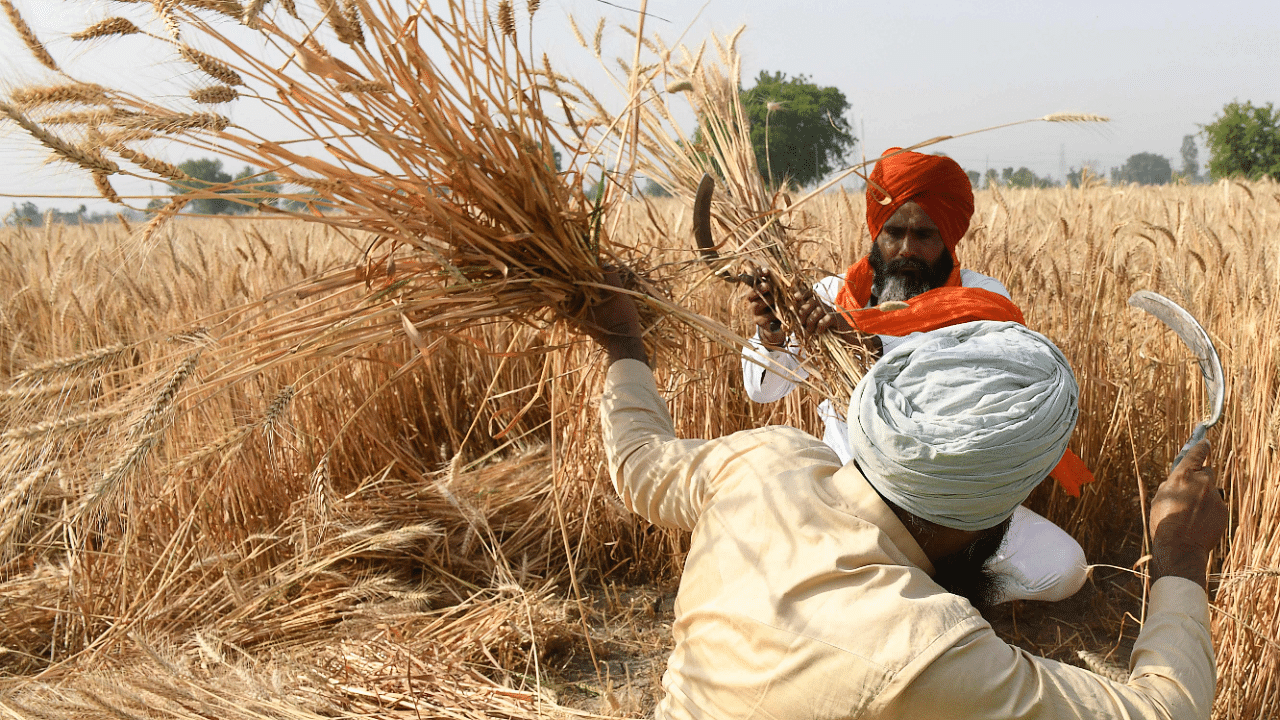
The impending onset of the new agricultural season has trigged an increased state of despair in most villages of rural India. There is an increased realisation among people that their economic problems are only beginning, even as rural India continues to reel under the impact of the second wave of the pandemic.
Unlike the first wave, the second wave has brought disaster into the homes of almost all villages. Villages closer to urban centres and those with higher numbers of migrant labourers have been more affected while the more isolated areas have relatively fewer infections. Last year, the policy panic quickly gave way to a push for rural employment through the MGNREGS; this year, the response is slow even as cases and expenditure on health have increased drastically. Soaring cases and few signs of any let up in infections has worried people into buying ‘Covid kits’ of medicines sold by local medical stores. This ‘kit’ includes a 10-day supply of Vitamin C, D, Zinc and ivermectin tablets, along with a course of Doxycycline. The price of the package is dependent on demand and supply: rising cases mean that the ‘kits’ now cost Rs 500, against the Rs 250-300 a month ago. Despite the soaring cases and high positivity rates, vaccine hesitancy is high, especially in the more remote areas— a contrast to the crowds at vaccination centres in urban areas. A consequence of this hesitancy is higher vaccine wastage.
The start of the new agricultural season with the onset of the monsoon brings with it the periodic economic challenges in the form of a need to raise cash or credit for agricultural operations. The collapse of prices, especially of non-food crops and those without Minimum Support Price (MSP), in March has made matters worse. This year, the small, marginal and tenant farmers face an existential dilemma: price collapse means most are staring at losses on production carried forward from the last season; lockdowns post-March mean that there is no earning from migration during the lean summer months.
Income from migration in lean months is an important source of earning for the bottom quartile of the rural economy. This has been made worse by the complete halt in local construction activity due to supply chain disruption and the lack of incomes, further aggravated by increased difficulty in finding work in the villages or the nearest small towns. Inability to migrate and the return of workers from the urban areas have only added to the pressure on wages. The relatively slow start to MGNREGS works this year has not helped matters.
The net impact of the second wave is that many small and marginal farmer households have not been able to repay their crop loans taken last year. Usually, these are repaid in March-April. The inability to repay last year’s crop loan and to borrow afresh will further drive rural households into a new debt spiral.
RBI data indicates that the problems in the delivery of agricultural credit are continuing from the first wave and they may only be starting: the RBI’s recently released annual report indicates a larger problem in the delivery of agricultural credit that has its origins in the first wave. The total achievement in priority sector disbursal is about Rs11.27 lakh crore in the period April 2020 to December 2020, against the target of Rs 15 lakh crore, or about 75% of the target — an issue that did not seem to have arisen in the two years before Covid.
Considering that the major part of the agricultural season is completed by December, banks are likely to miss the agricultural credit targets. Thus, unless farmers are able to urgently get cash and repay their loans, they are likely to lose their cheapest source of credit (bank loans).
Unfortunately, many rural households have already pledged their gold with the gold loan companies or pawnbrokers and may have run out of gold to pledge. In small towns, gold loan companies and pawnbrokers are an important source of credit and their offices are crowded with customers. A consequence of the second wave is the increased tightening of the rural informal credit markets— which at many times is influenced by the formal banking sector.
The second wave has led to informal moneylenders becoming increasingly hesitant to lend money even at higher interest rates -- even to their old customers. A new phenomenon is that they are now demanding collateral -- usually fixed assets — even for amounts that in the past were considered to be small. In the past, such demands were only reserved for large amounts that exceeded Rs 2-5 lakh.
In short, the problems in rural India only seem to be starting, and are adding to the stress levels. Of course, as always, the final economic outcome will depend on the rain gods and the prices after harvest— two issues that have been central to farming for the past many decades.
(The writer is an independent researcher based in Andhra Pradesh)